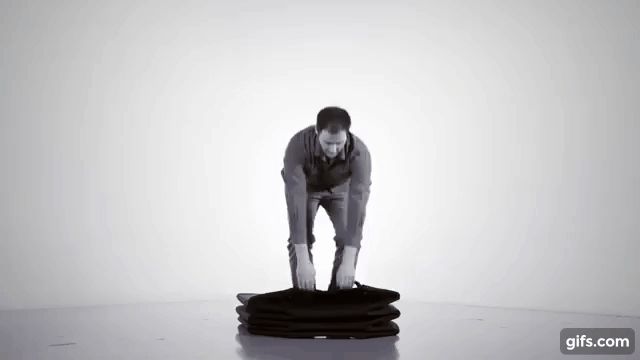Biometric Security is Here to Stay, But There are Challenges
If you haven’t heard about biometrics yet, it’s time to get familiar with them. Read more: Biometric Security is Here to Stay, But There are Challenges


If you haven’t heard about biometrics yet, it’s time to get familiar with them.
According to ExpressVPN’s summary, biometrics include hand geometry, voice recognition, and iris and retina scanning. Biometrics also includes fingerprints, DNA, and even the way you move. In short, your biometrics are the unique components that make you distinctly you.
Technology has come far enough that we can use this biometric data for increased security. Once reserved for top-of-the-line facilities that required explicit security clearances, biometric security is now used daily by many people. Whether they’re using a thumbprint to log into a phone or their virtual assistant’s ability to recognise their voice and place an order, biometric technology is everywhere.
And, that’s not likely to change. So, as we move into a future that will undoubtedly see an increase in biometric security, it’s important to take a close look at some of the challenges that can go along with using this technology.
Biometric Security is Not a Perfect Technology
Biometric security precautions do provide the opportunity for more security. However, there are some risks.
The first, and possibly the most important, is that biometrics are not infallible. Mistakes can be made with biometric-based programs. Biometric bias is a well-known issue that has impacted minorities, women, and older people. Those who fall within those categories can be harder for biometric technology to identify, leading to misidentifications.
Equally problematic is that biometric security opens up the opportunity for people to be surveilled. As biometric technology becomes more commonplace, more security systems now implement it, meaning your movements and behaviours could be tracked without your permission. Some are even being forced by their employers to give permission to be tracked via biometric data to keep their job.
Transitioning to a world that uses biometrics as its primary security option can improve security and convenience. In many ways, biometrics feel safer than password use. Unfortunately, just as passwords can be hacked and stolen, so too can biometric data.
If your biometrics have been compromised, either through a larger corporation’s data breach or intercepted directly from your device or accounts, it’s a much bigger problem than a stolen password. Traditional passwords can be changed, or an account can be closed, and you can start fresh with a new one. Yes, it is a hassle. But, it’s not irreparable.
With stolen biometric data, though, you face a much greater risk. After all, those identifiers are supposed to belong to you and you alone. This means a person can be operating out in the world as you, gaining access to whatever other important information is tied to your biometrics. Whereas a password can easily be changed, altering your biometric data is another thing entirely.
We’ve been moving toward biometric-based security over the last few years. We haven’t fully abandoned traditional security measures, though. As we use those less and choose to employ biometrics more, it’s likely we’ll see hackers become more adept at stealing and using our biometric data. Your best bet moving forward is to stay up to date on how you can protect yourself — and your biometric information.
Protecting Your Biometric Data
Fortunately, there are some steps you can take to protect your biometrics better, and therefore, your identity. Begin by carefully considering with whom you share your biometric information. Make sure you’re choosing established companies with a good cybersecurity history that’s trustworthy.
Know that it is worth the extra effort protecting your biometric data. This can mean applying for alternative official identification. You may need to allot more time to the process or even provide important identification documentation. The benefit, though, is that you’re reducing the number of places where your biometric data is stored and can be found. The fewer places you keep your biometric information, the fewer security breaches you need to worry about.
While we’re moving forward with new technology, it’s important not to leave behind what we’ve learned while using traditional passwords. Continue to opt into multi-factor authentication, as that extra step may save your biometric data from being both stolen and useful to a hacker. If that biometric data doesn’t get a hacker to their ultimate goal, it’s likely they won’t continue to try and use it.
Finally, if you haven’t already beefed up security using a VPN, now’s the time. Virtual Private Networks can be added on any device you use or any network you connect to the internet with. These VPNs encrypt data and limit others’ unauthorised access to your devices. It’s also a great way to add a layer of security to all of those connected devices in your home you might not consider as access points — like smart refrigerators, virtual assistants, printers, and smart thermostats.
The Security of the Future
Biometric security promises improved protection and added convenience. It’s not challenge-free, though. Take precautions to protect your information today, and you’ll be ready to embrace a future that includes extensive use of biometrics in your everyday life.
Read more:
Biometric Security is Here to Stay, But There are Challenges

















:quality(85):upscale()/2025/07/10/708/n/1922398/8fe2782e686fe372b38bf8.29984296_.jpg)




